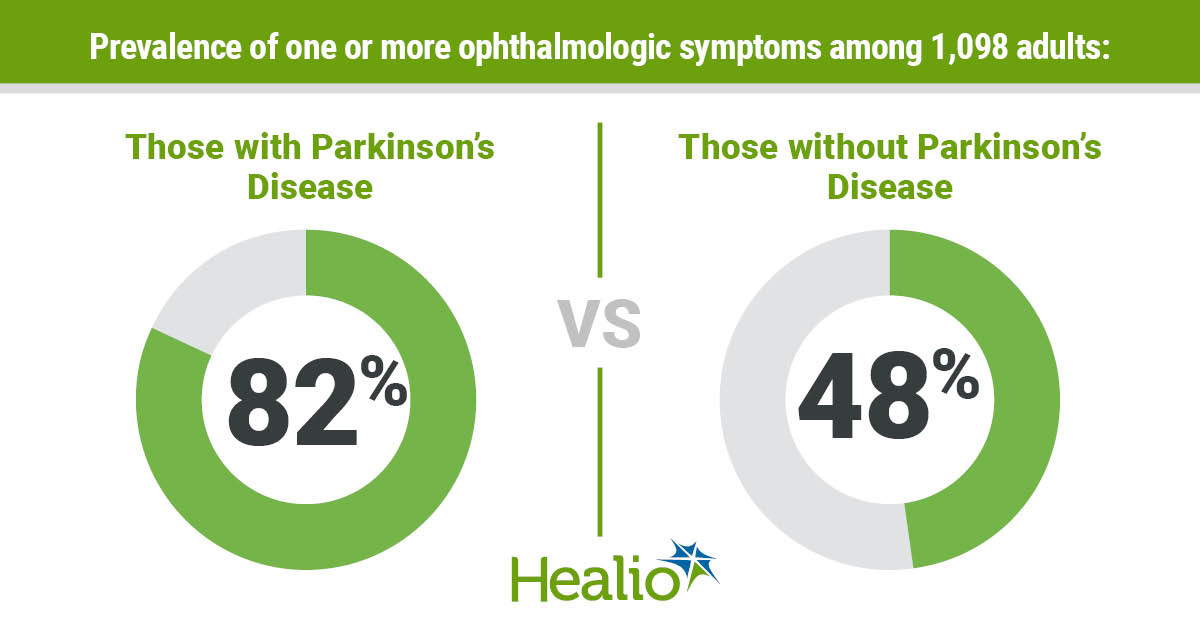Vision problems common in Parkinson’s disease
Click Here to Manage Email Alerts
People with Parkinson’s disease have a higher prevalence of ophthalmologic symptoms than those without the disease, according to research published in Neurology, the medical journal of the American Academy of Neurology.
“It is especially important for people with Parkinson's to have the best vision possible because it can help compensate for movement problems caused by the disease, and help reduce the risk of falls,” Carlijn D.J.M. Borm, MD, of the Radboud University Medical Centre in Nijmegen, The Netherlands, said in a press release. “Our study found not only that people with Parkinson's disease had eye problems that go beyond the aging process, we also found those problems may interfere with their daily lives.”
Borm and colleagues conducted an observational, cross-sectional study across multiple centers in the Netherlands and Austria as part of a larger study on visual impairments in patients with Parkinson’s disease.
The researchers evaluated the prevalence and clinical effects of ophthalmologic symptoms in adults using participant responses to the Visual Impairment in Parkinson’s Disease Screening Questionnaire. The questionnaire included questions on demographic information and visual hallucinations, and assessed the four domains of ophthalmologic disorders — ocular surface, intraocular, oculomotor and optic nerve.

A total of 1,098 participants with a median age of 70 years were evaluated in the study. Of those, 848 participants had Parkinson’s disease and 250 were age-matched controls.
The researchers determined that 82% (95% CI, 80-85) of those with Parkinson’s disease had one or more ophthalmologic symptoms compared with 48% (95% CI, 42-54) of those without Parkinson’s disease. These symptoms interfered with the daily activities of 68% (95% CI, 65-71) of people with Parkinson’s disease, compared with 35% of those with the disease (95% CI, 29-41).
Among participants with Parkinson’s disease, the most common interference in daily activities due to vision problems was reading (52%), followed by driving a car (33%), watching television (28%) and using a computer (28%).
The researchers also found that those with Parkinson’s disease were more likely to fall than controls. Among those with Parkinson’s disease, 4% fell daily or weekly and 28% fell once or twice a month. In contrast, no controls fell daily or weekly and 12% fell once or twice a month.
“People with Parkinson's who express that they have eye problems should be referred to a specialist for further evaluation,” Borm said in the press release. “For those who do not express such problems, using a questionnaire to screen for problems that may otherwise be missed might allow for recognition, timely treatment and improving the quality of life.”

